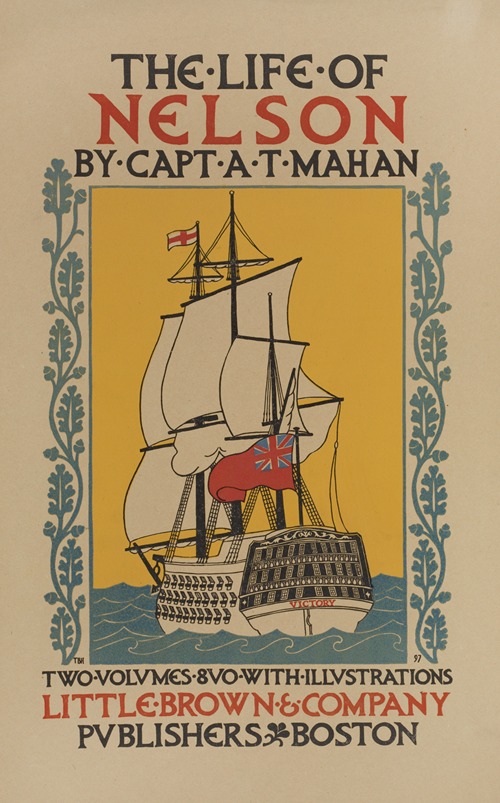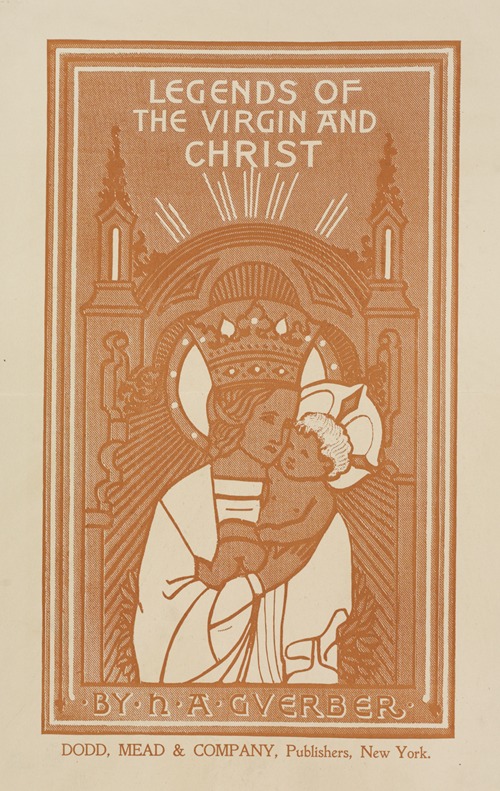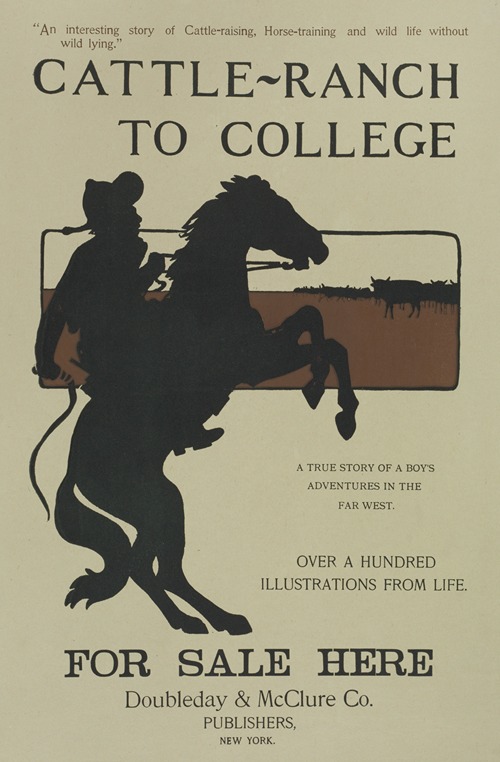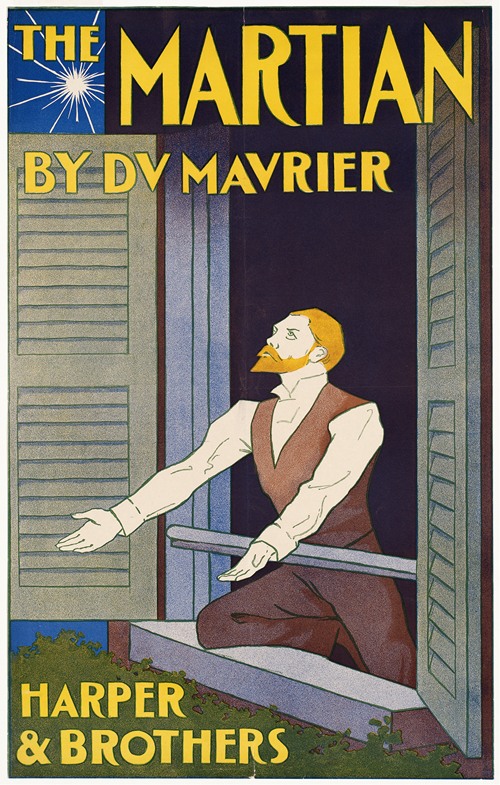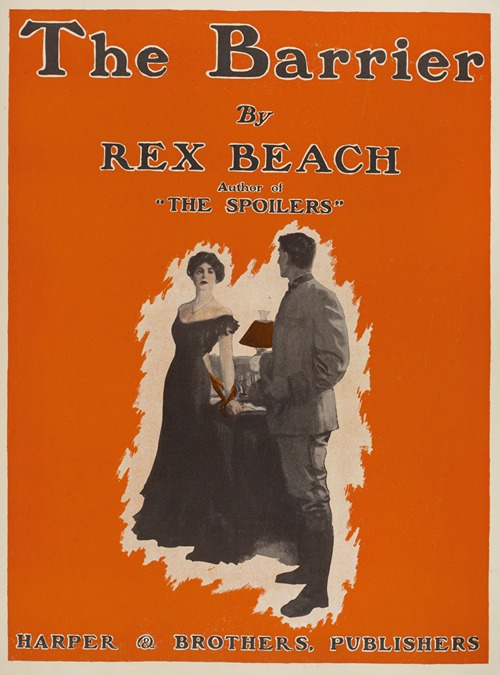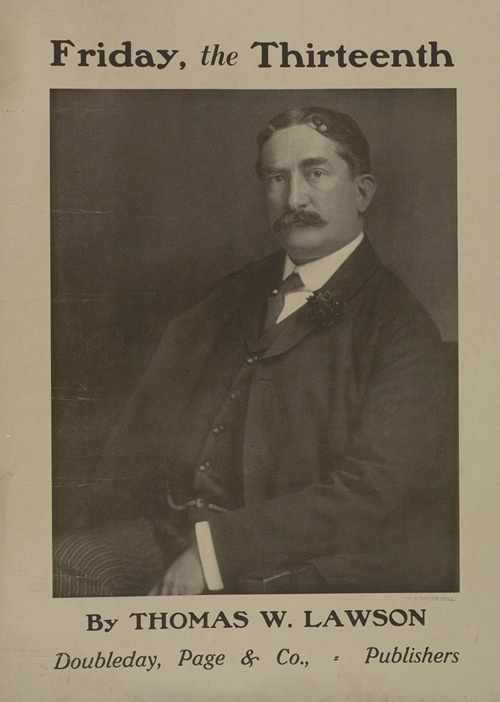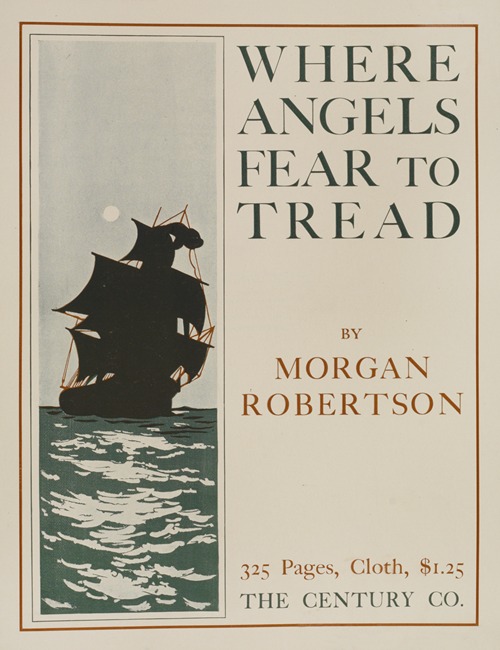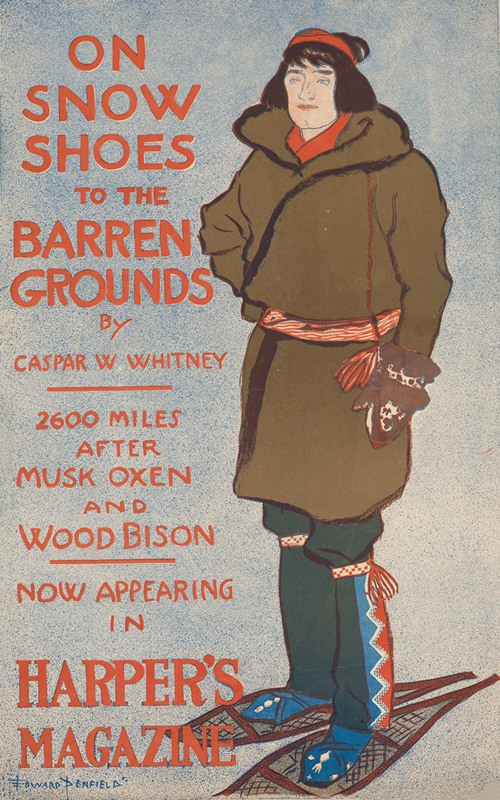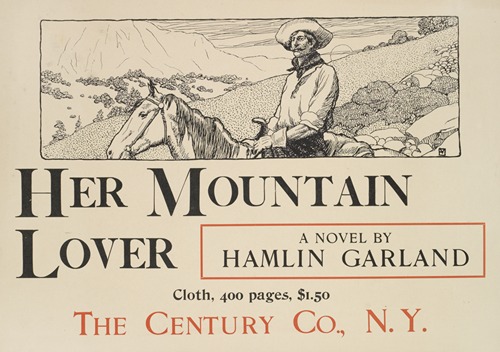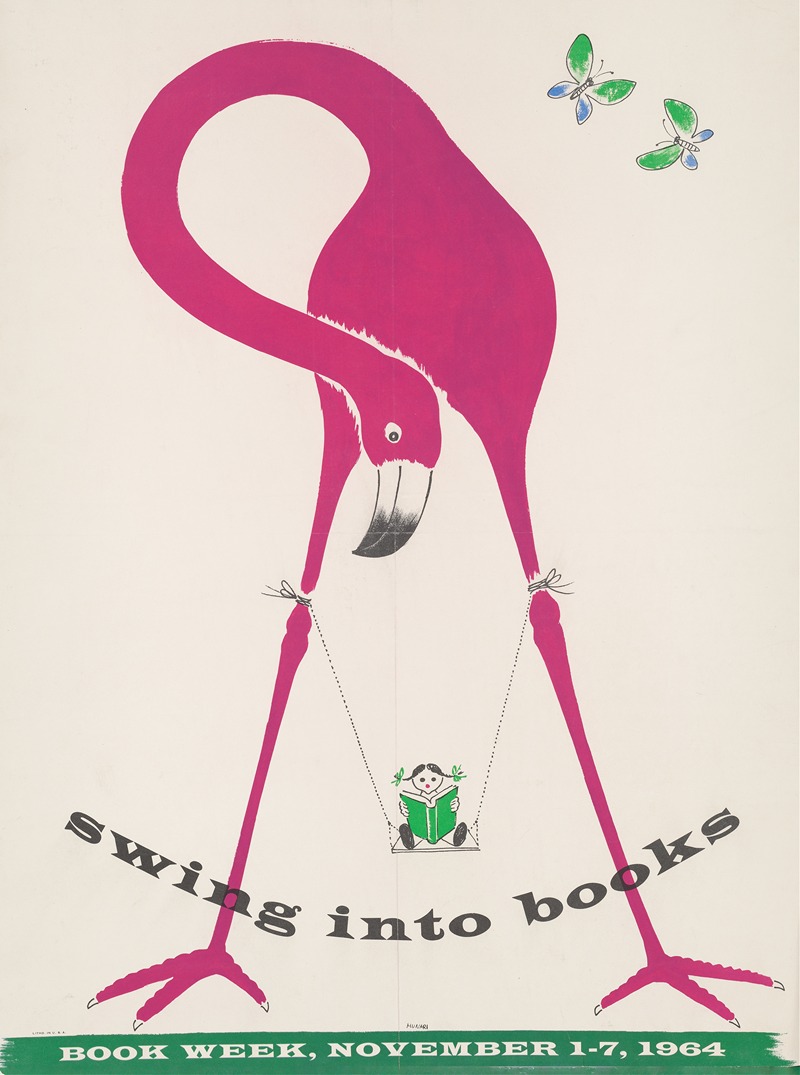
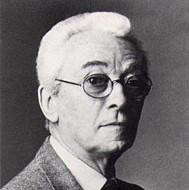
Bruno Munari was an Italian artist, designer, and inventor who contributed fundamentals to many fields of visual arts (painting, sculpture, film, industrial design, graphic design) in modernism, futurism, and concrete art, and in non-visual arts (literature, poetry) with his research on games, didactic method, movement, tactile learning, kinesthetic learning, and creativity. On the utility of art, Munari once said, "Art shall not be separated from life: things that are good to look at, and bad to be used, should not exist."
Bruno Munari was born in Milan but spent his childhood and teenage years in Badia Polesine, where his family had relocated to run a hotel. In 1926 he returned to Milan where he started to work with his uncle, who was an engineer. In 1927, he started to follow Marinetti and the Futurist movement, displaying his work in many exhibitions. Three years later he associated with Riccardo Castagnedi (Ricas), with whom he worked as a graphic designer until 1938. During a trip to Paris, in 1933, he met Louis Aragon and André Breton. From 1938 to September 1943 he worked as a press graphic designer for Mondadori, and as art director of Tempo Magazine and Grazia, two magazines owned by Mondadori. At the same time he began designing books for children, originally created for his son Alberto.
Bruno Munari joined the 'Second' Italian Futurist movement in Italy led by Filippo Tommaso Marinetti in the late 1920s. During this period, Munari contributed collages to Italian magazines, some of them highly propagandist, and created sculptural works which would unfold in the coming decades including his useless machines, and his abstract-geometrical works. After World War II Munari disassociated himself with Italian Futurism because of its proto-Fascist connotations.
In 1948, Munari, Gillo Dorfles, Gianni Monnet and Atanasio Soldati, founded Movimento Arte Concreta (MAC), the Italian movement for concrete art. During the 1940s and 1950s, Munari produced many objects for the Italian design industry, including light fixtures, ash trays, televisions, espresso machines, and toys among other objects.
In his later life, Munari, worried by the incorrect perception of his artistic work, which is still confused with the other genres of his activity (didactics, design, graphics), selected art historian Miroslava Hajek as curator of a selection of his most important works in 1969. This collection, structured chronologically, shows his continuous creativity, thematic coherence and the evolution of his aesthetic philosophy throughout his artistic life.
Munari was also a significant contributor in the field of children's books and toys, later in his life, though he had been producing books for children since the 1930s. He used textured, tactile surfaces and cut-outs to create books that teach about touch, movement, and colour through kinesthetic learning.
Munari died in Milan on September 29, 1998.
